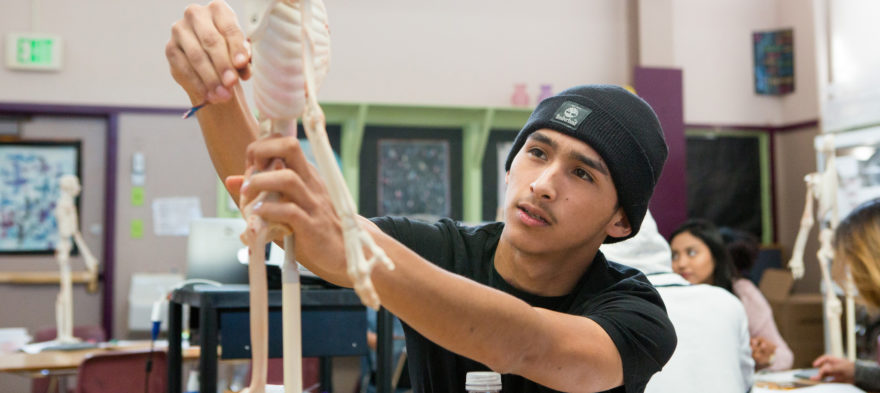
Jul 2, 2018 12:00:00 AM
by Ashley Terry
Ashley Terry is an alumni advisor supporting college-aged students at KIPP Bay Area Schools. Through her work, she hopes to cultivate change within her students and now through her written work. Ashley was raised in the East Bay Area, graduated from The Bay School of San Francisco and received her bachelor's degree in Africana Studies from Barnard College of Columbia University in 2015.
Few issues in education spark more tension and debate than standardized testing. Are they a tool for equity or a burden on students? A necessary check on school systems or a flawed measure of...
Charter schools are public schools with a purpose. Operating independently from traditional school districts, they're tuition-free, open to all students, and publicly funded—but with more flexibility...
Despite the benefits of a diverse teaching force, prospective teachers of color fall out of our leaky preparation pipeline at every stage: preparation, hiring, induction, and retention. Here’s what...
Ed Post is the flagship website platform of brightbeam, a 501(c3) network of education activists and influencers demanding a better education and a brighter future for every child.
© 2020-2025 brightbeam. All rights reserved.
Leave a Comment